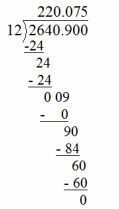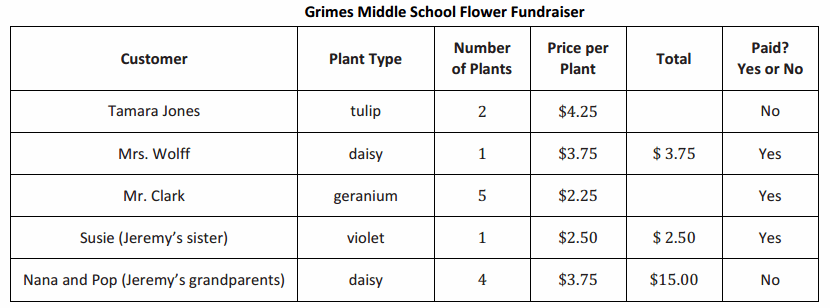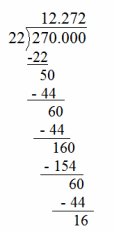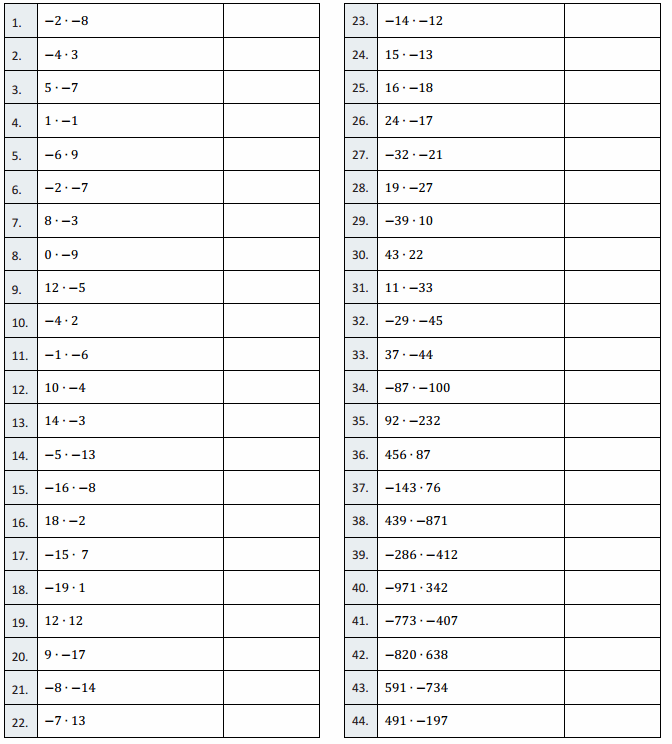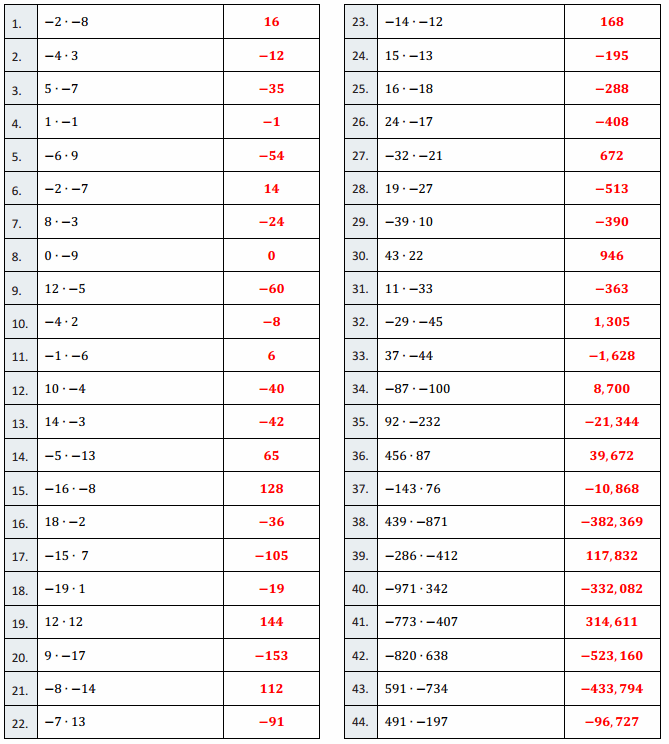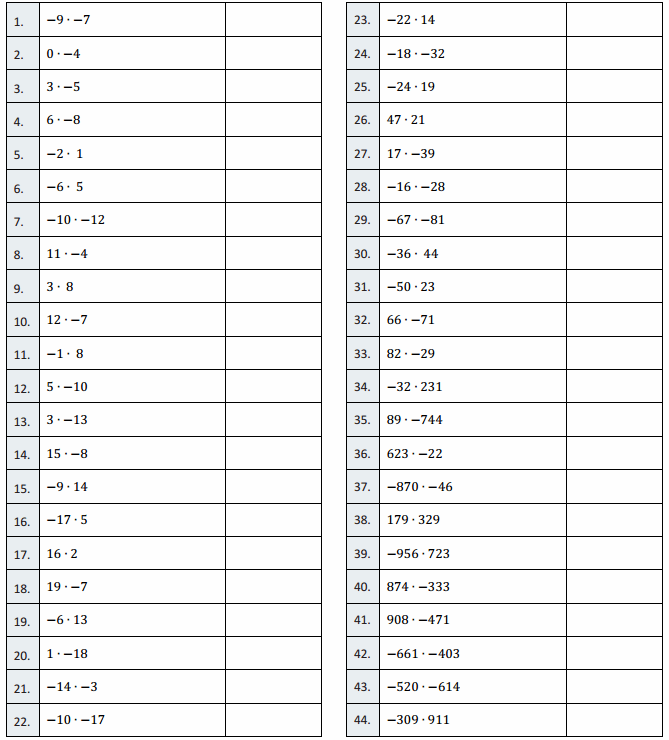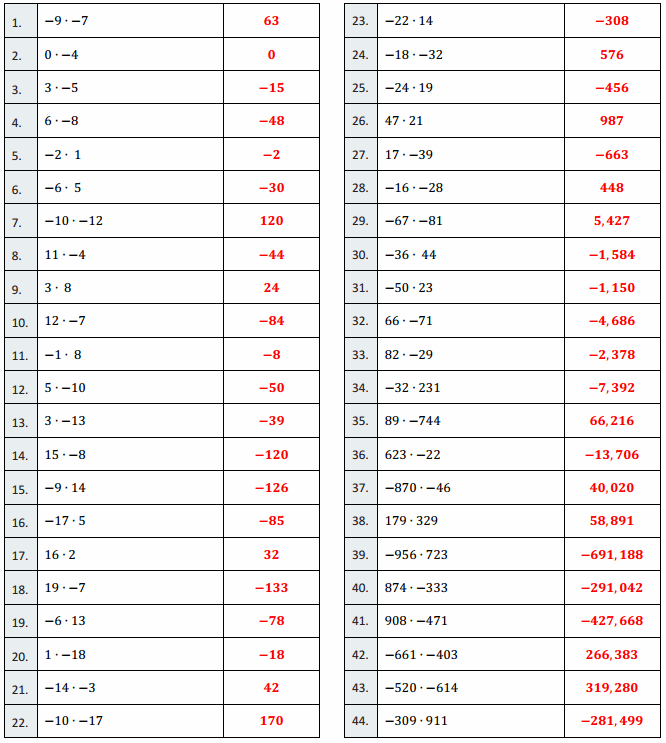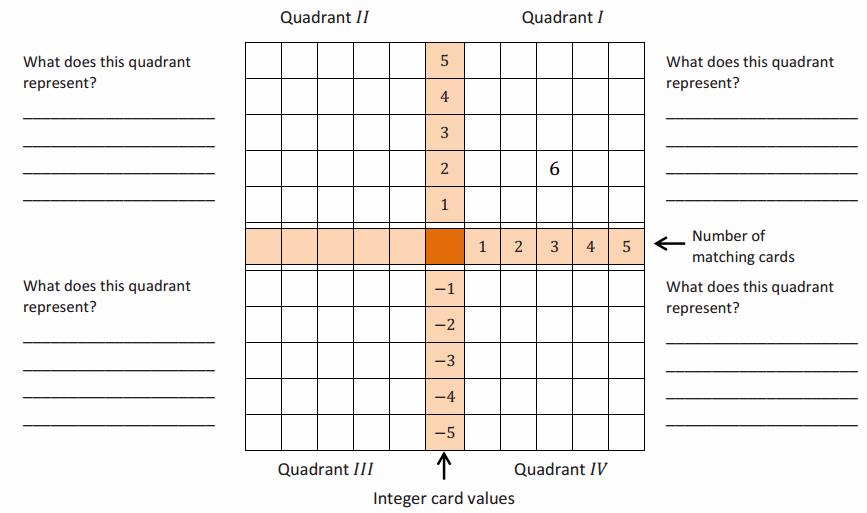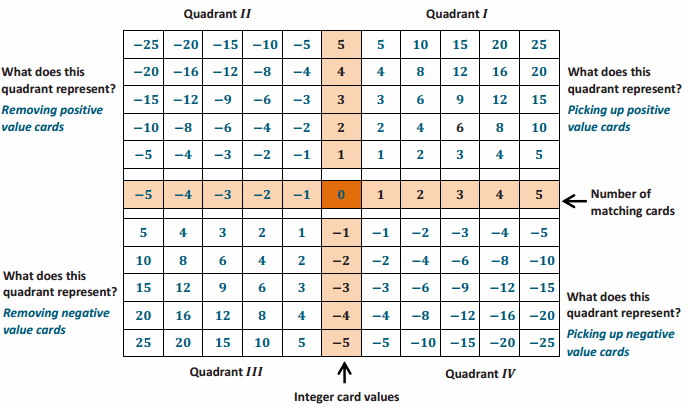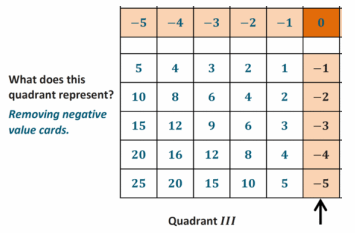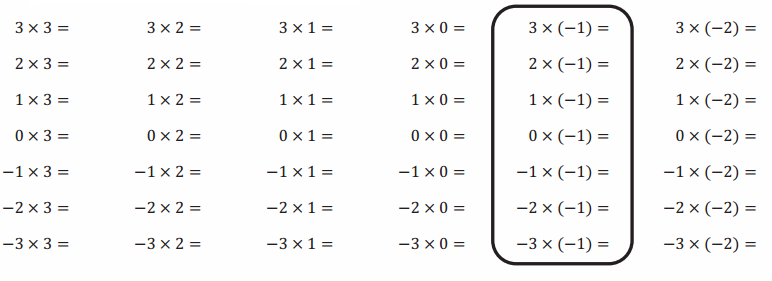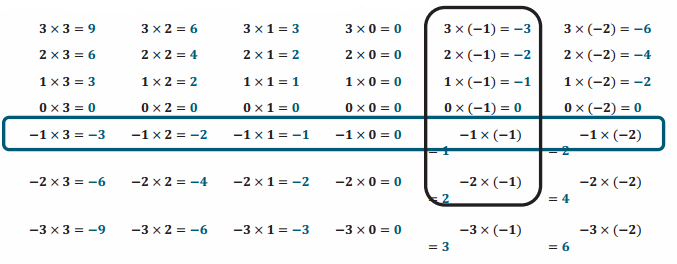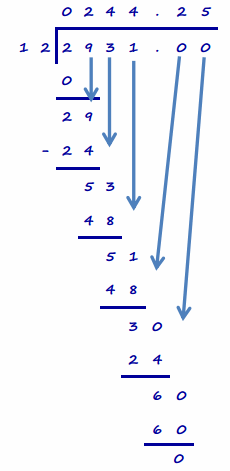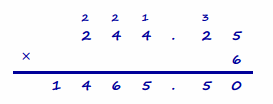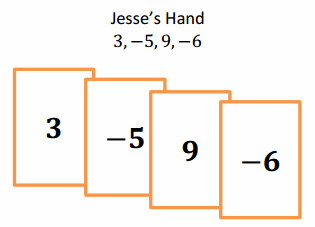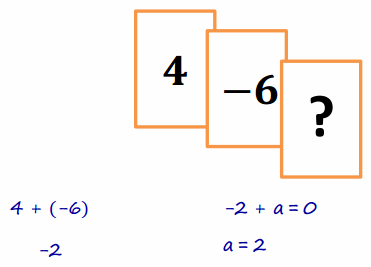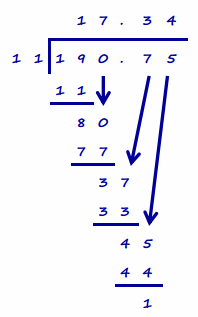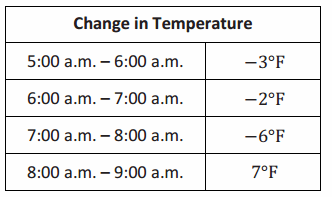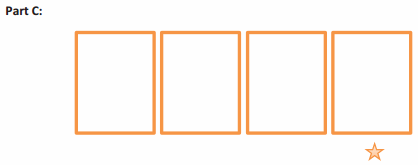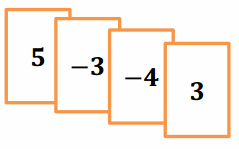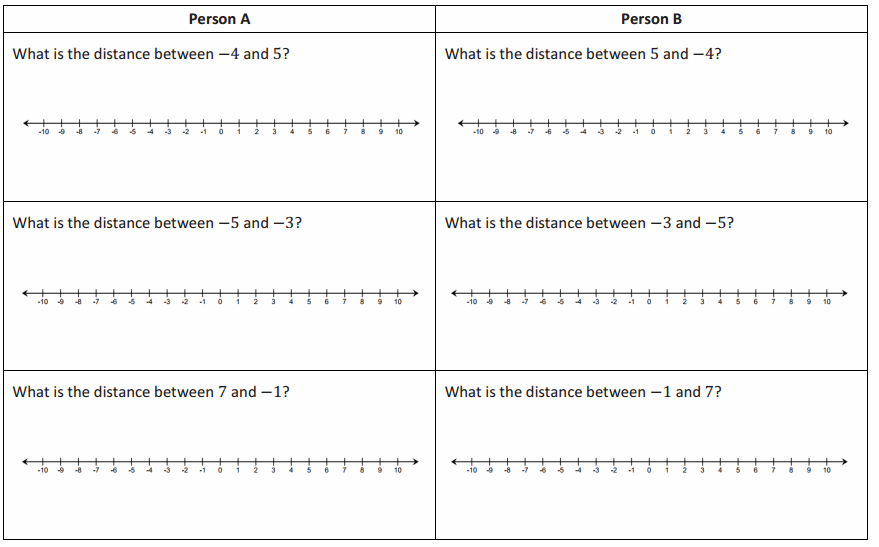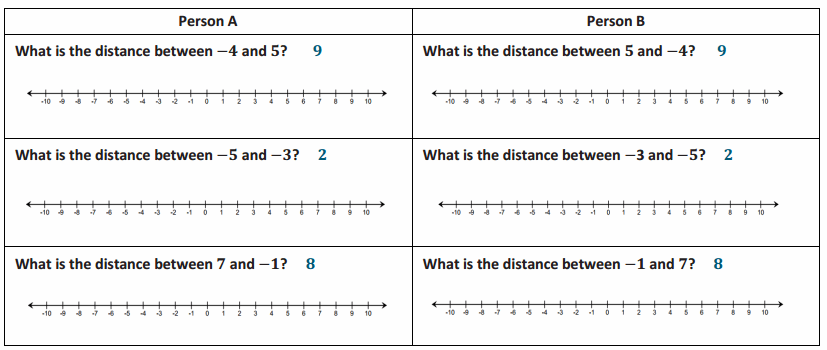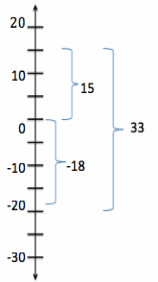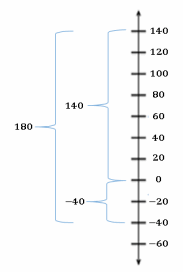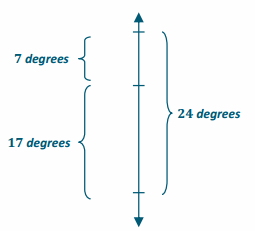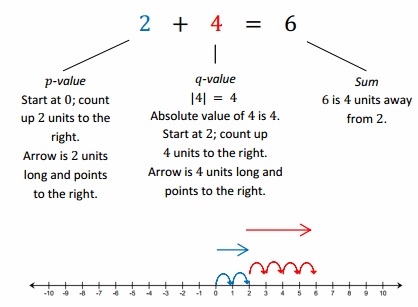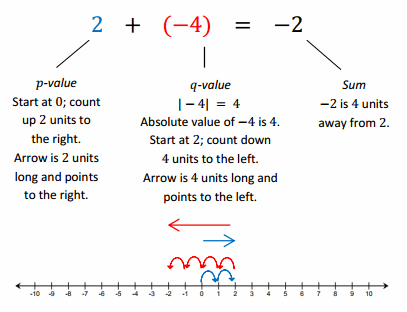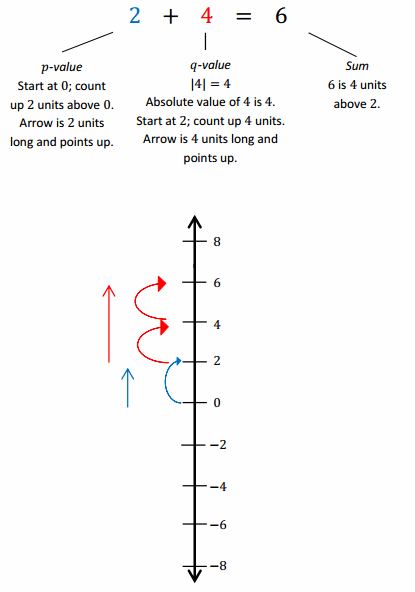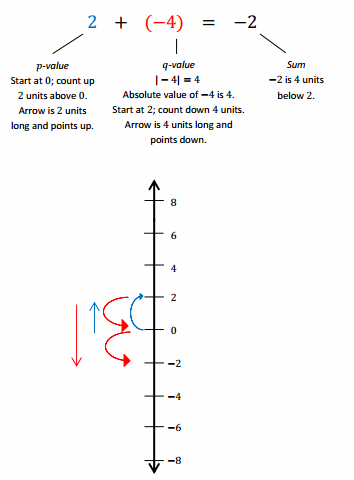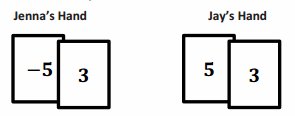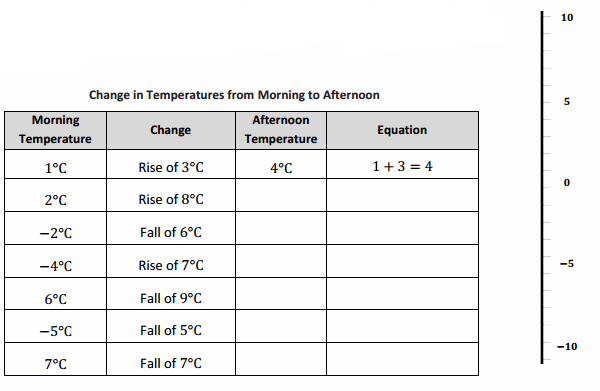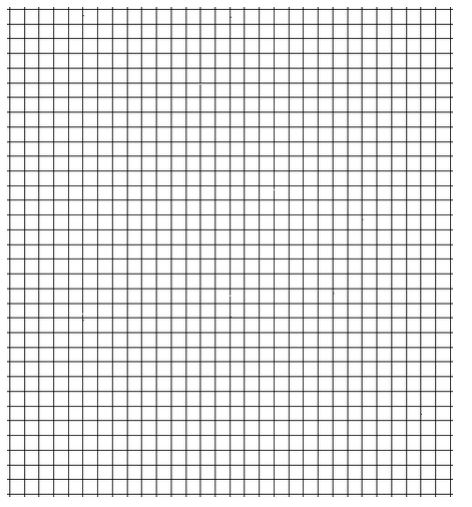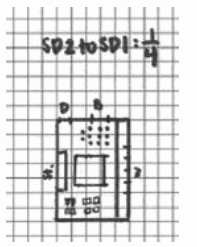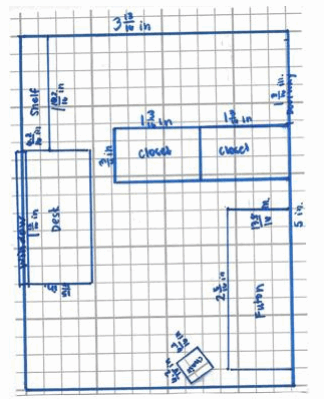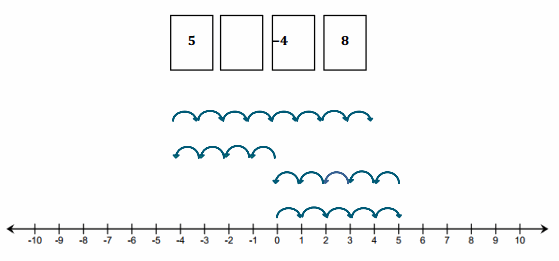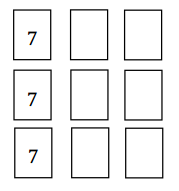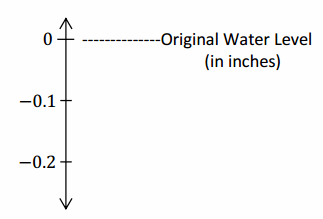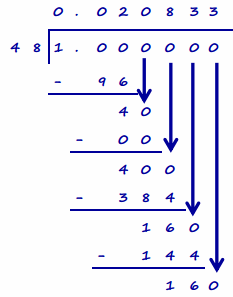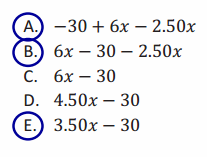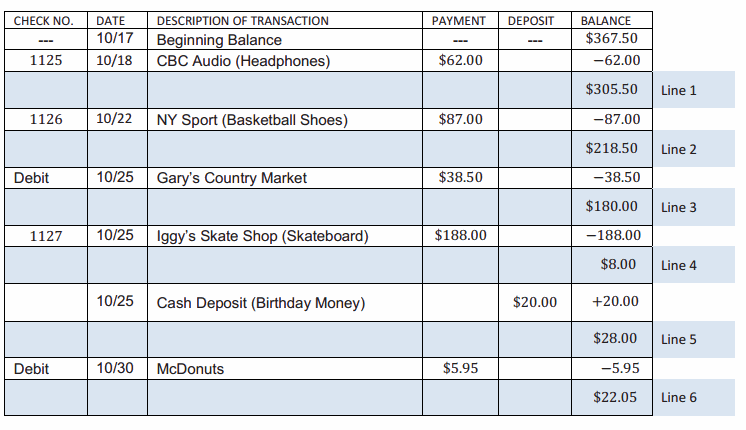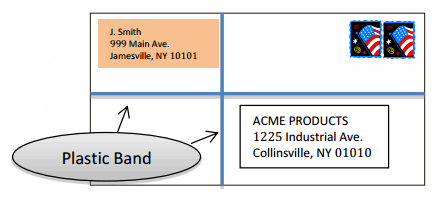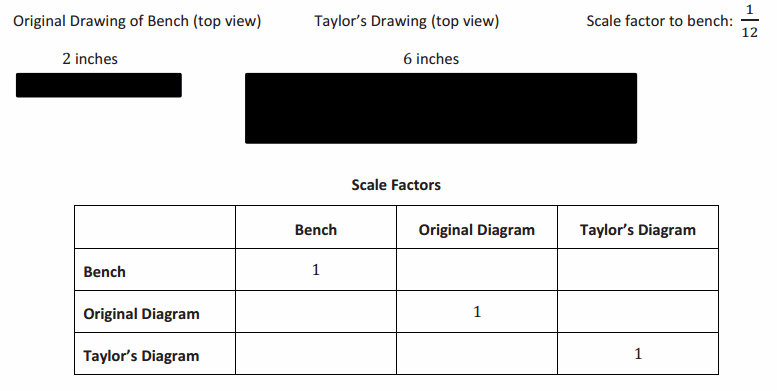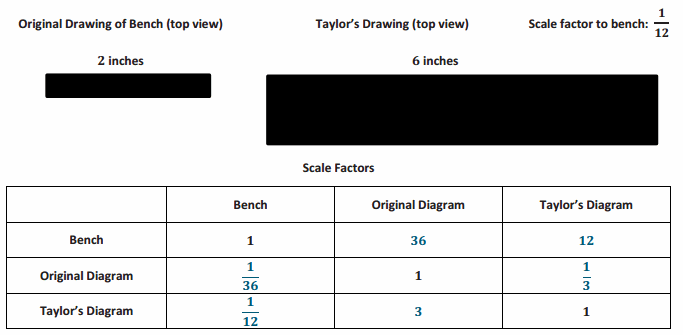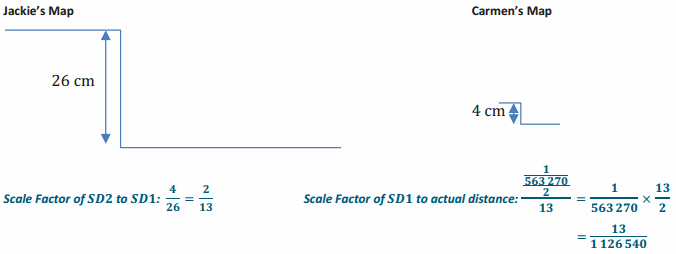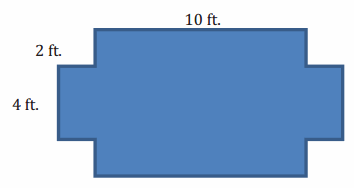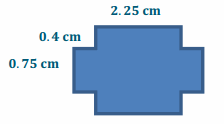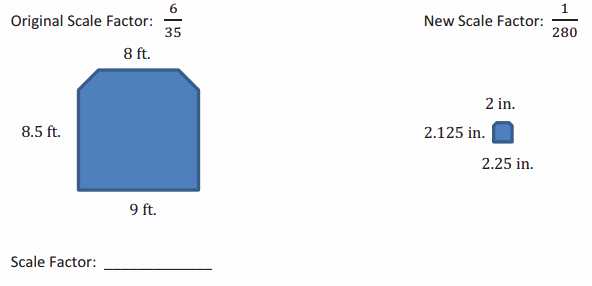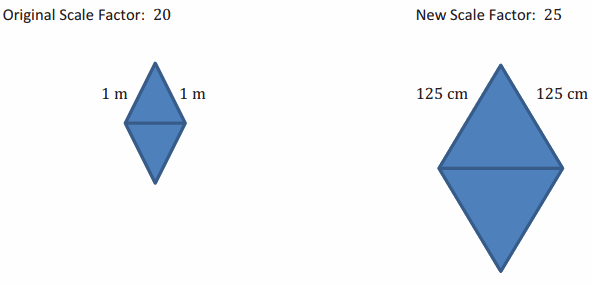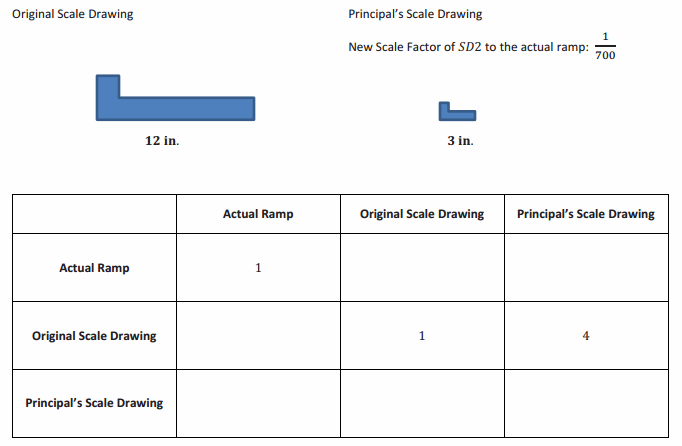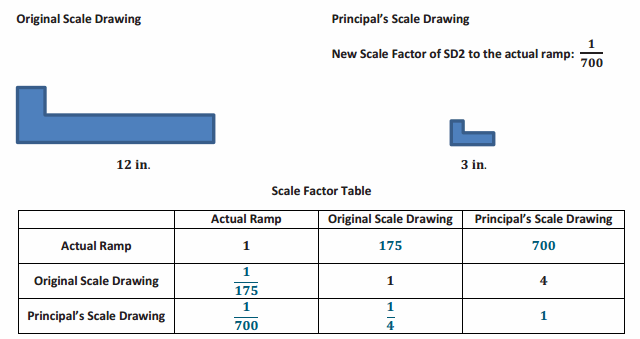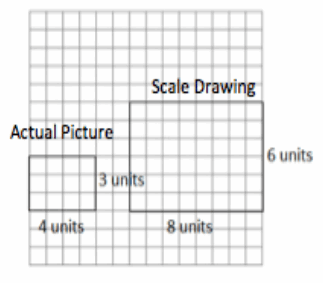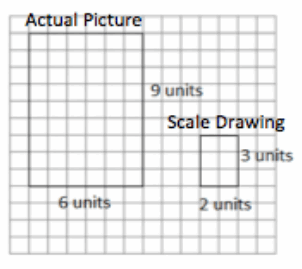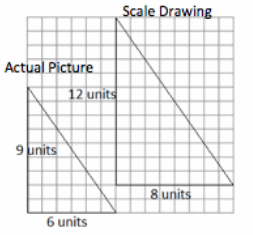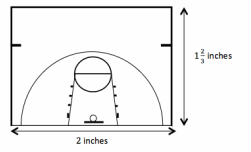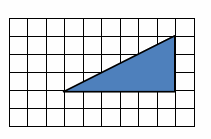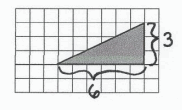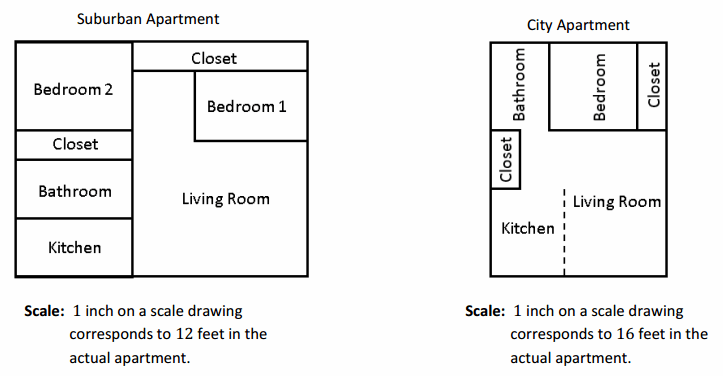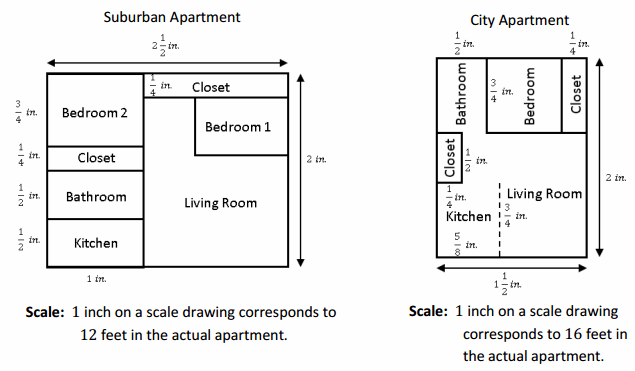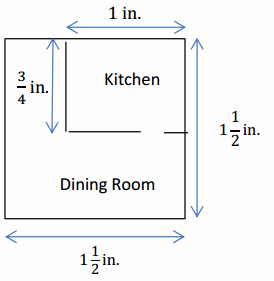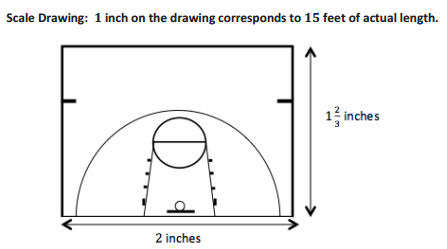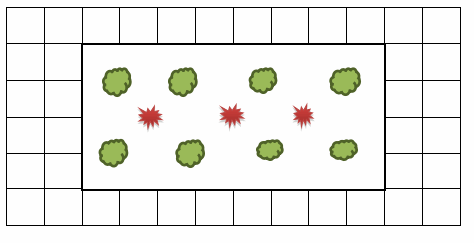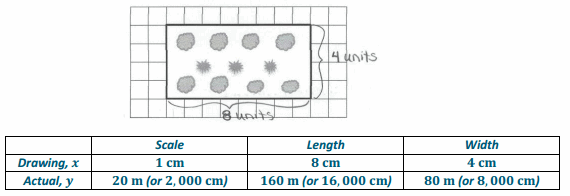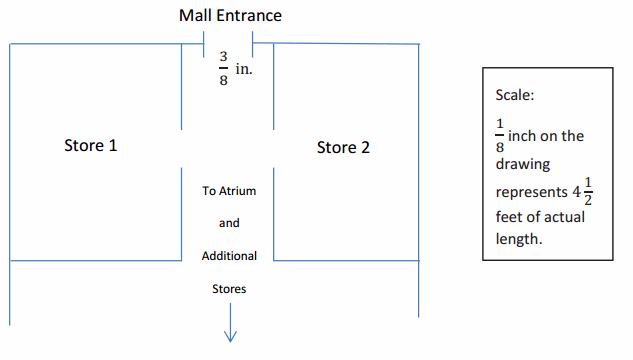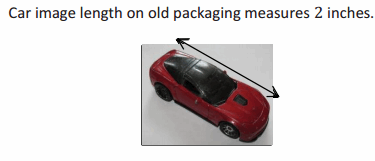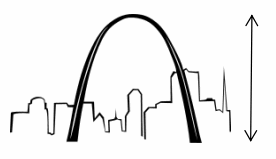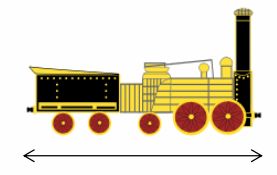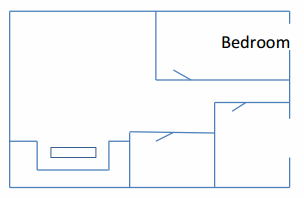Engage NY Eureka Math 7th Grade Module 2 Lesson 4 Answer Key
Eureka Math Grade 7 Module 2 Lesson 4 Example Answer Key
Example 1:
Rule for Adding Integers with Same Signs
a. Represent the sum of 3+5 using arrows on the number line.

Answer:

3 + 5 = 8
i. How long is the arrow that represents 3?
Answer:
3 units
b. What direction does it point?
Answer:
Right/up
iii. How long is the arrow that represents 5?
Answer:
5 units
iv. What direction does it point?
Answer:
Right/up
v. What is the sum?
Answer:
8
vi. If you were to represent the sum using an arrow, how long would the arrow be, and what direction would it point?
Answer:
The arrow would be 8 units long and point to the right (or up on a vertical number line).
vii. What is the relationship between the arrow representing the number on the number line and the absolute value of the number?
Answer:
The length of an arrow representing a number is equal to the absolute value of the number.
vii. Do you think that adding two positive numbers will always give you a greater positive number? Why?
Answer:
Yes, because the absolute values are positive, so the sum will be a greater positive. On a number line, adding them would move you farther away from 0 (to the right or above) on a number line.
From part (a), use the same questions to elicit feedback.
→ In the Integer Game, I would combine -3 and -5 to give me -8.
b. Represent the sum of -3 + (-5) using arrows that represent -3 and -5 on the number line.

Answer:

-3 + (-5) = -8
i. How long is the arrow that represents -3?
Answer:
3 units
ii. What direction does it point?
Answer:
Left/down
iii. How long is the arrow that represents -5?
Answer:
5 units
iv. What direction does it point?
Answer:
Left/down
iv. What is the sum?
Answer:
-8
vi. If you were to represent the sum using an arrow, how long would the arrow be, and what direction would it point?
Answer:
The arrow would be 8 units long and point to the left (or down on a vertical number line).
vii. Do you think that adding two negative numbers will always give you a smaller negative number? Why?
Answer:
Yes, because the absolute values of negative numbers are positive, so the sum will be a greater positive. However, the opposite of a greater positive is a smaller negative. On a number line, adding two negative numbers would move you farther away from 0 (to the left or below) on a number line.
c. What do both examples have in common?
Answer:
The length of the arrow representing the sum of two numbers with the same sign is the same as the sum of the absolute values of both numbers.
The teacher writes the rule for adding integers with the same sign.
RULE: Add rational numbers with the same sign by adding the absolute values and using the common sign.
Example 2.
Rule for Adding Opposite Signs
a. Represent 5 + (-3) using arrows on the number line.

Answer:
5 + (-3) = 2

i. How long is the arrow that represents 5?
Answer:
5 units
ii. What direction does it point?
Answer:
Right/up
iii. How long is the arrow that represents -3?
Answer:
3 units
iv. What direction does it point?
Answer:
Left/down
v. Which arrow is longer?
Answer:
The arrow that is five units long, or the first arrow.
vi. What is the sum? If you were to represent the sum using an arrow, how long would the arrow be, and what direction would it point?
Answer:
5 + (-3) = 2
The arrow would be 2 units long and point right/up.
b. Represent the 4 + (-7) using arrows on the number line.

Answer:
4 + (-7) = -3

i. In the two examples above, what is the relationship between the length of the arrow representing the sum and the lengths of the arrows representing the two addends?
Answer:
The length of the arrow representing the sum is equal to the difference of the absolute values of the lengths of both arrows representing the two addends.
ii. What is the relationship between the direction of the arrow representing the sum and the direction of the arrows representing the two addends?
Answer:
The direction of the arrow representing the sum has the same direction as the arrow of the addend with the greater absolute value.
iii. Write a rule that will give the length and direction of the arrow representing the sum of two values that have opposite signs.
Answer:
The length of the arrow of the sum is the difference of the absolute values of the two addends. The direction of the arrow of the sum is the same as the direction of the longer arrow.
The teacher writes the rule for adding integers with opposite signs.
RULE: Add rational numbers with opposite signs by subtracting the absolute values and using the sign of the integer with the greater absolute value
Example 3.
Applying Integer Addition Rules to Rational Numbers
Find the sum of 6 + (-2\(\frac{1}{4}\)). The addition of rational numbers follows the same rules of addition for integers.
a. Find the absolute values of the numbers.
Answer:
|6| = 6
|-2\(\frac{1}{4}\)| = 2 \(\frac{1}{4}\)
b. Subtract the absolute values.
6 – 2\(\frac{1}{4}\) = 6 – \(\frac{9}{4}\) = \(\frac{24}{4}\) – \(\frac{9}{4}\) = \(\frac{15}{4}\) = 3\(\frac{3}{4}\)
Answer:

c. The answer will take the sign of the number that has the greater absolute value.
Answer:
Since 6 has the greater absolute value (arrow length), my answer will be positive 3 \(\frac{3}{4}\) .
Eureka Math Grade 7 Module 2 Lesson 3 Exercise Answer Key
Exercise 2.
a. Decide whether the sum will be positive or negative without actually calculating the sum.
i. -4 + (-2) ___
Answer:
Negative
ii. 5 + 9 ___
Answer:
Positive
iii. -6 + (-3) ____
Answer:
Negative
iv. -1 + (-11) ___
Answer:
Negative
v. 3 + 5 + 7 ___
Answer:
Positive
vi. -20 + (-15) __
Answer:
Negative
b. Find the sum.
i. 15 + 7
Answer:
22
ii. -4 + (-16)
Answer:
-20
iii. -18 + (-64)
Answer:
-82
iv. -205 + (-123)
Answer:
-328
Exercise 3.
Circle the integer with the greater absolute value. Decide whether the sum will be positive or negative without actually calculating the sum.
i. -1 + 2
Answer:

ii. 5 + (-9)
Answer:

iii. -6 + 3
Answer:
![]()
iv. -11 + 1
Answer:
![]()
b. Find the sum.
i. -10 + 7
Answer:
-3
ii. 8 + (-16)
Answer:
-8
iii. -12 + (65)
Answer:
53
iv. 105 + (-126)
Answer:
-21
Exercise 4.
Solve the following problems. Show your work.
a. Find the sum of ![]()
Answer:
|-18| = 18
|7| = 7
18 – 7 = 11
-11
b. If the temperature outside was 73 degrees at 5:00 p.m., but it fell 19 degrees by 10:00 p.m., what is the temperature at 10:00 p.m.? Write an equation and solve.
Answer:

c. Write an addition sentence, and find the sum using the diagram below.

Answer:

Eureka Math Grade 7 Module 2 Lesson 3 Exit Ticket Answer Key
Question 1.
Write an addition problem that has a sum of -4 \(\frac{4}{5}\) and
a. The two addends have the same sign.
Answer:
Answers will vary. -1 \(\frac{4}{5}\) + (-3) = -4 \(\frac{4}{5}\) .
b. The two addends have different signs.
Answer:
Answers will vary. 1.8 + (-6.6) = -4.8.
Question 2.
In the Integer Game, what card would you need to draw to get a score of 0 if you have a -16, -35, and 18 in your hand?
Answer:
-16 + (-35) + 18 = -33, so I would need to draw a 33 because 33 is the additive inverse of -33.
-33 + 33 = 0.
Eureka Math Grade 7 Module 2 Lesson 3 Problem Set Answer Key
Question 1.
Find the sum. Show your work to justify your answer.
a. 4 + 17
Answer:
4 + 17 = 21
b. -6 + (-12)
Answer:
-6 + (-12) = -18
c. 2.2 + (-3.7)
Answer:
2.2 + (-3.7) = -1.5
d. -3 + (-5) + 8
Answer:
-3 + (-5) + 8 = -8 + 8 = 0
e. \(\frac{1}{3}\) +(-2 \(\frac{1}{4}\))
Answer:
\(\frac{1}{3}\) +(-2 \(\frac{1}{4}\)) = \(\frac{1}{3}\) + (-\(\frac{9}{4}\) ) = \(\frac{4}{12}\) + (-\(\frac{27}{12}\) )= – \(\frac{23}{12}\) = -1\(\frac{11}{12}\)
Question 2.
Which of these story problems describes the sum 19+(-12)? Check all that apply. Show your work to justify your answer.
___ Jared’s dad paid him $19 for raking the leaves from the yard on Wednesday. Jared spent $12 at the movie theater on Friday. How much money does Jared have left?
Answer:
X
___ Jared owed his brother $19 for raking the leaves while Jared was sick. Jared’s dad gave him $12 for doing his chores for the week. How much money does Jared have now?
___ Jared’s grandmother gave him $19 for his birthday. He bought $8 worth of candy and spent another $4 on a new comic book. How much money does Jared have left over?
Answer:
X
Question 3.
Use the diagram below to complete each part.

Answer:

a. Label each arrow with the number the arrow represents.
b. How long is each arrow? What direction does each arrow point?

Answer:

c. Write an equation that represents the sum of the numbers. Find the sum.
Answer:
5 + (-3) + (-7) = -5
Question 4.
Jennifer and Katie were playing the Integer Game in class. Their hands are represented below.

a. What is the value of each of their hands? Show your work to support your answer.
Answer:
Jennifer’s hand has a value of -3 because 5 + (-8) = -3. Katie’s hand has a value of -2 because
-9 + 7 = -2.
b. If Jennifer drew two more cards, is it possible for the value of her hand not to change? Explain why or why not.
Answer:
It is possible for her hand not to change. Jennifer could get any two cards that are the exact opposites such as (-2) and 2. Numbers that are exact opposites are called additive inverses, and they sum to 0. Adding the number 0 to anything will not change the value.
c. If Katie wanted to win the game by getting a score of 0, what card would she need? Explain.
Answer:
Katie would need to draw a 2 because the additive inverse of -2 is 2. -2 + 2 = 0.
d. If Jennifer drew -1 and -2, what would be her new score? Show your work to support your answer.
Answer:
Jennifer’s new score would be -6 because -3 + (-1) + (-2) = -6.
